Reportar esta entrada
Más sobre la misma comunidad-colección
Mary Lou Galavis Flores at the Class of 69 reunion at Loretto
Mary Lou Galavis Flores at the Class of 69 reunion at Loretto, ...
Eva Ross and Friends at the 100th Loretto celebration
Eva Ross and Friends at the 100th Loretto celebration
Felix Antone Jr. of El Paso meets Governor Ann Richards, 1989
Felix Antone Jr. of El Paso meets Governor Ann Richards, 1989
Residence in Rim area El Paso, TX 1995
Single family home 2306 Ange El Paso in Rim area near El Paso ...
Chris Kelso, attorney & Eva Ross celebrate, El Paso, TX 2016
Retired attorney C. Kelso celebrates birthday of Eva Antone Ross ...
My Great-Grandparents Casillas wedding
Avelina Sanchez and Manuel Casillas married at the Ysleta ...
Frances Ratterman SL & Sister Buffy Bosen 2006
El Paso Native, Frances Ratterman SL & Sister Buffy Bosen in El ...

















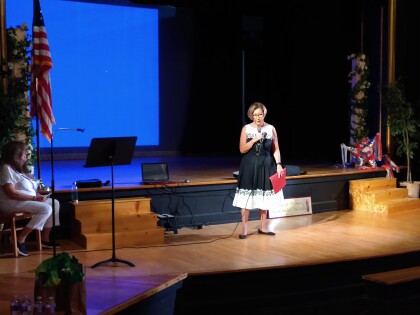
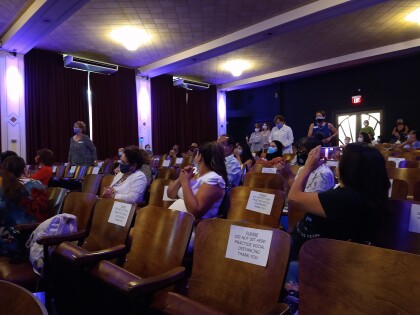


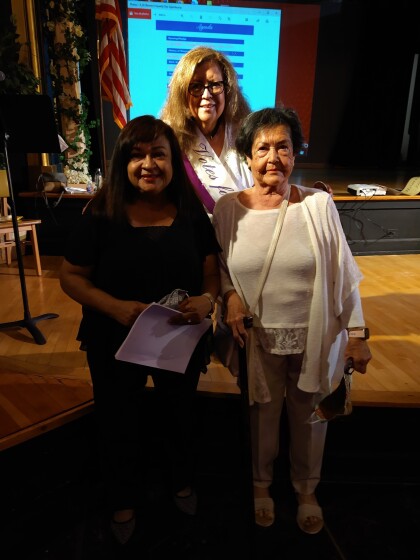
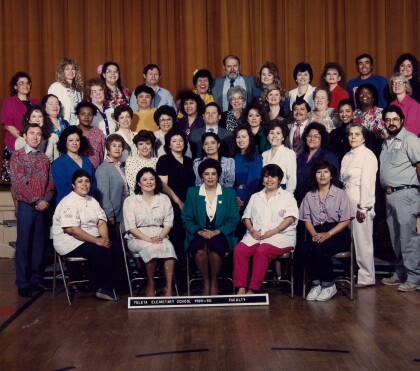
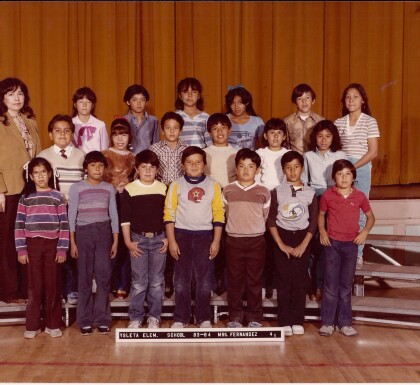
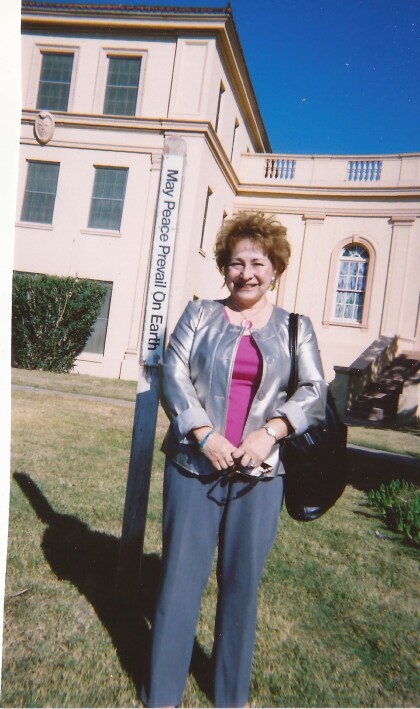
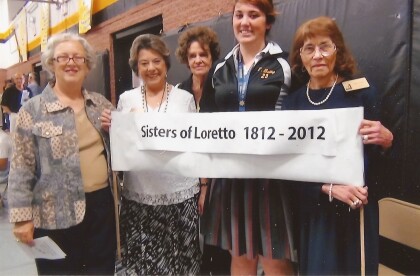
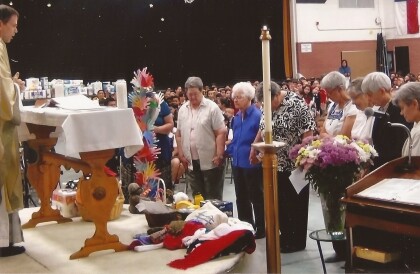
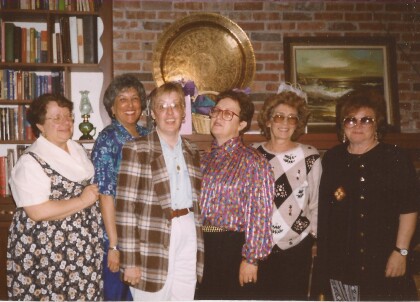
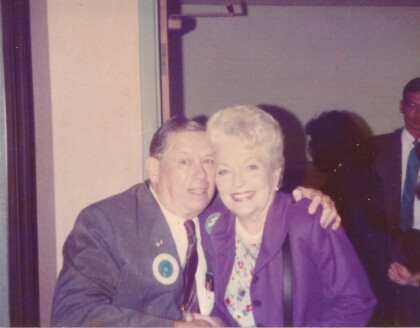
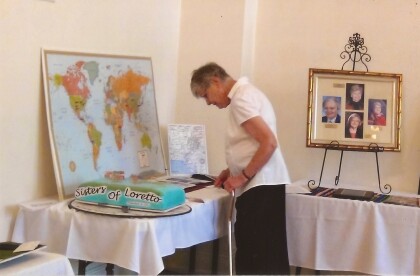
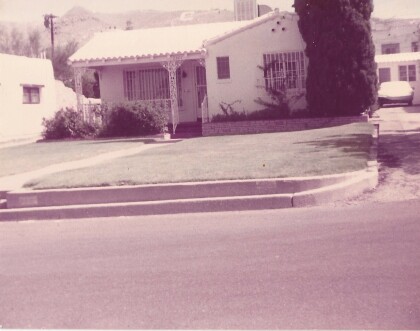
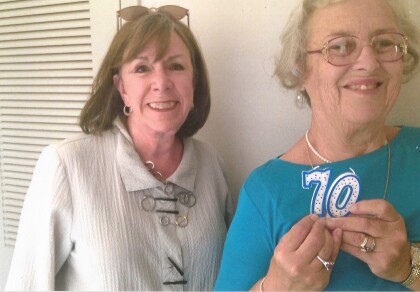
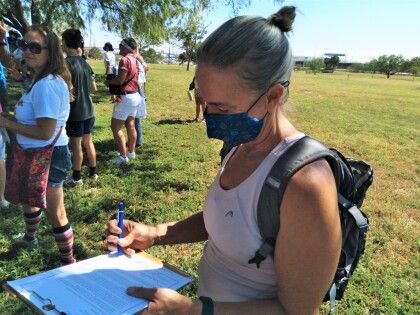
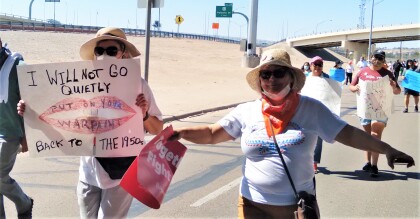

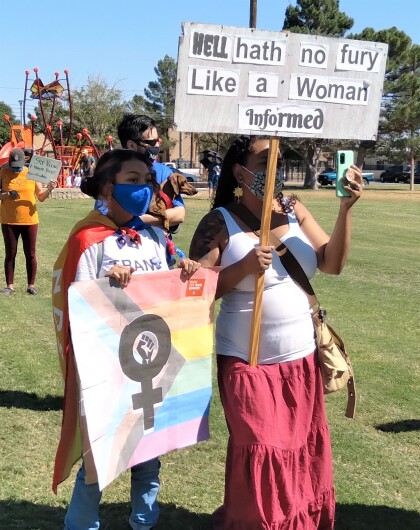
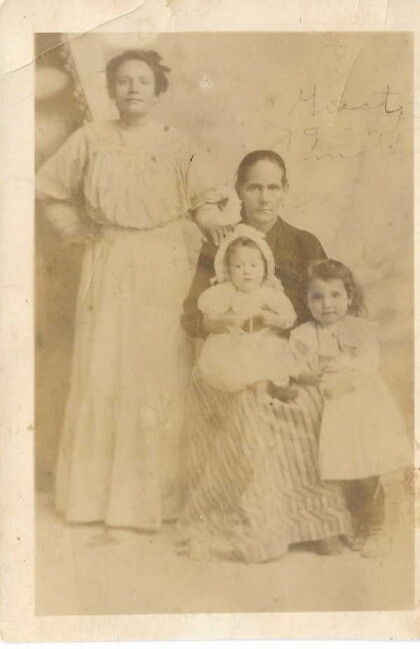
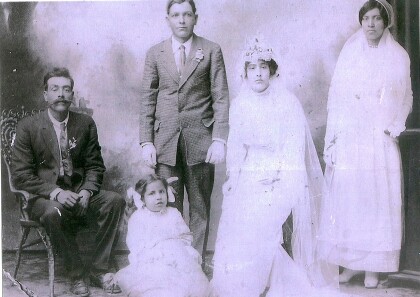
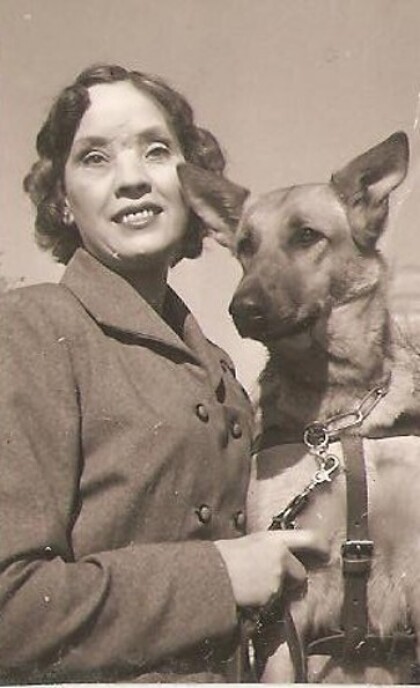
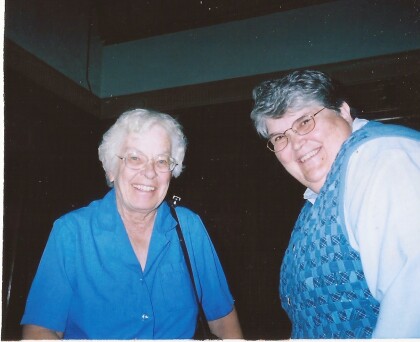
Comentarios
Hacer un comentario